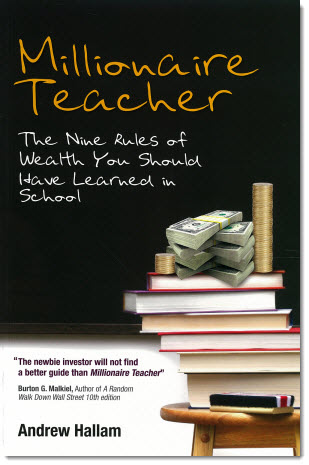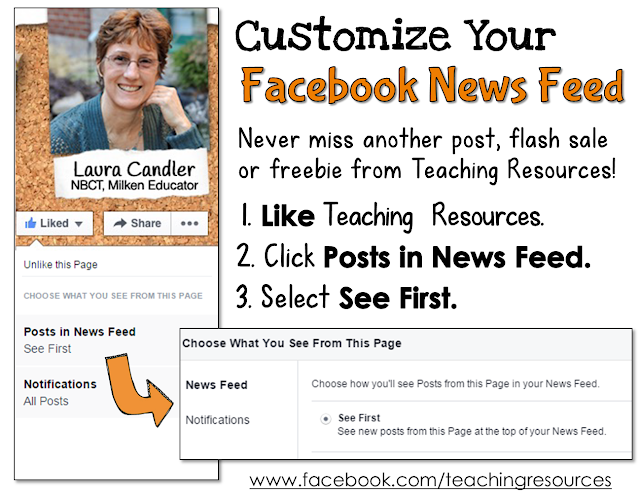I'm excited to be joining some of my favorite upper elementary teacher bloggers who have put together a Teacher's Back to School Survival Guide with some of our best tips!
Most schools have a handbook of guidelines and district policies, but have you ever thought of creating a handbook just for YOUR classroom?
My back to school survival tip is to take a little time now to create a class handbook that rocks! It's easier than you think, especially with the tips and samples I'm including in this post. A class handbook is a fantastic way to communicate your classroom policies right from the beginning of the year. It also sends a message to parents that you care enough to keep parent informed. When you make it attractive and thorough, it shows that take pride in your role as an educator.
Why You Need a Class Handbook
Have you ever had parents tell you during a conference that they didn't know their child would lose credit on late assignments or that they needed to sign their child's daily reading log? If you sent home a handbook during the first week of school with information about that policy, you can politely direct the parent to that handbook.
Creating a handbook also forces you to think through ALL of your classroom policies in a logical way. There's something about explaining your policies in writing that makes you examine them more closely. Finally, a class handbook is a real time-saver when you get a new student. It's a nice way to welcome the child and to help him or her feel more comfortable about your expectations.
What to Include in Your Handbook
You might want to include the items below in your handbook. If the list seems overwhelming, include only the most essential information now and update your handbook next year.
- Welcome letter
- Best way to contact you
- Class website or blog info
- Homework and grading policies
- Snack guidelines
- Birthday party policies
- List of classmates's names
- Classroom lunch schedule
- Supply list or materials requested
- Brief descriptions of your instructional methods (i.e., cooperative learning, literature circles, reading workshop, etc.)
Class Handbook Tips
Consider these tips in mind if you're just getting started:
- Ask a colleague to review it for both clarity and grammatical errors. You don't want your first communication with parents to be confusing and filled with errors!
- If you're worried about the amount of paper needed to print copies for all students, you can create a digital version and it email it to parents or upload it to your class webpage.
- Before you print copies of your handbooks or send it out digitally, ask your principal to review it to be sure all of your policies are approved by your administration. Also, if a parent disagrees with one of your policies and takes your handbook to the principal, you'll be glad that it's not the first time your principal is seeing it!
- Print at least 5 extra copies to have on hand for new students, and be sure to keep a copy for yourself. Staple and punch three holes along the left edge of each print copy to make it easy to store in a binder.
- Give each student a handbook on the first day of school, but DON'T spend the entire first day going over it! Instead, only cover the very most important information on the first day, and space out those discussion with other first day activities. It might take you a week to go through the whole handbook, but at least they will remember the information!
- Allow a few days for parents to read your handbook and provide a deadline for it to be signed and returned. Ask that it be stored in their child's binder for future reference. If you email a digital copy or post it on a class website, send home a paper permission form to be signed by students and their parents.
I hope you found these class handbook tips to be helpful. Creating a handbook that rocks will save you time later in the year and will pave the way for student success in your classroom. What do you plan to include in YOUR handbook?
If you're short on time, check out my newest teaching resource, a collection of editable files that make it easy to create your own class handbook. Click the image on the right or this link to take a closer look at Create Your Own Class Handbook. You'll be able to preview all the handbook pages and cover designs from that page.
By the way, I added it to my Back to School Super Start Combo, so if you've already purchased that item, you can download Create Your Own Class Handbook for free. Go to your My Purchases page on Tpt, locate the Back to School Super Start Combo and download the zip file again.
To visit all the blogs participating in this event, click on the logos in the link up at the bottom of this page to visit each blog. By the way, I'd like give a big shout out to Kristen of Ladybug's Teacher Files who designed the awesome logos for our blog hop! She is so talented!







